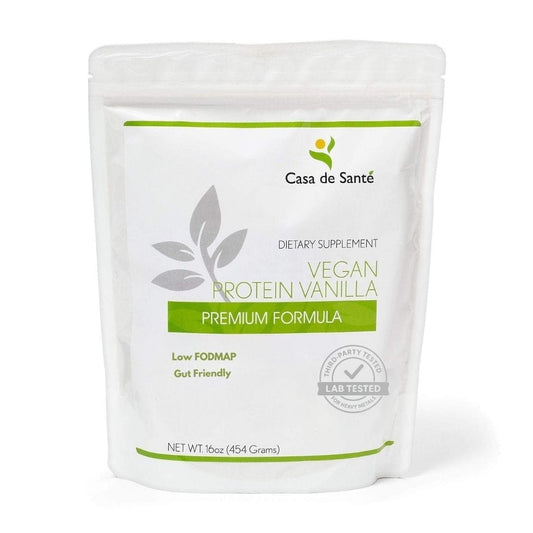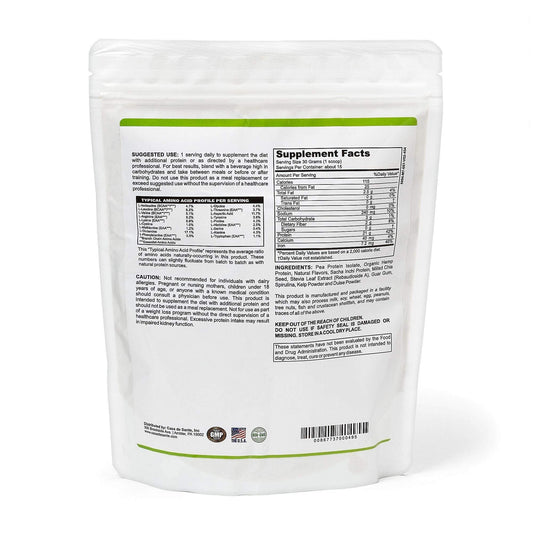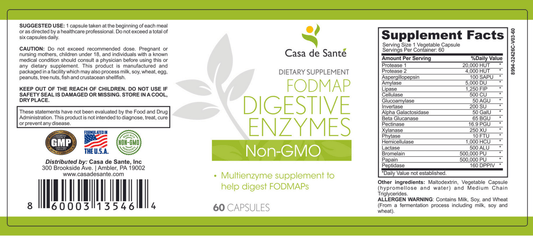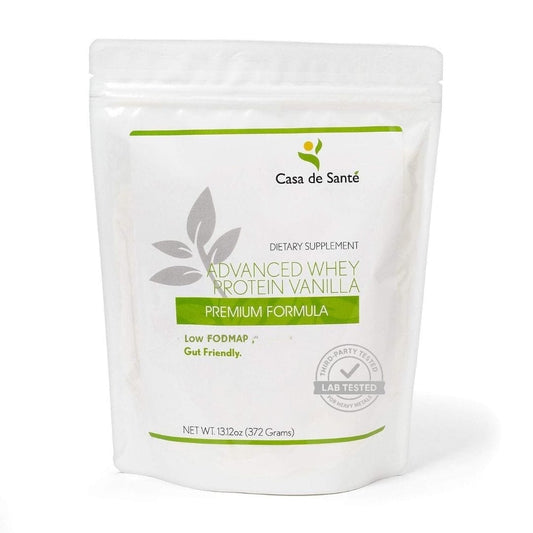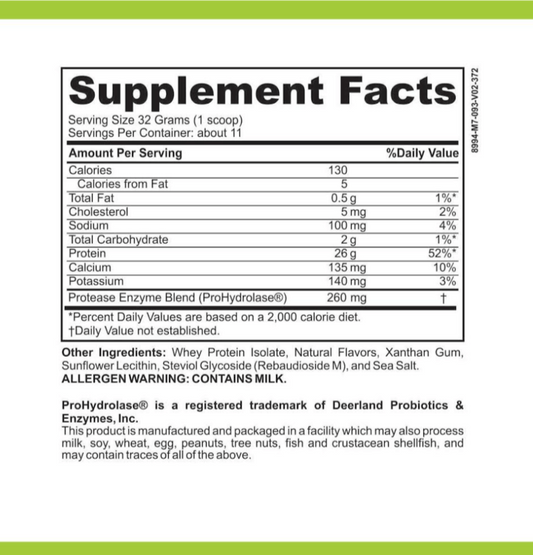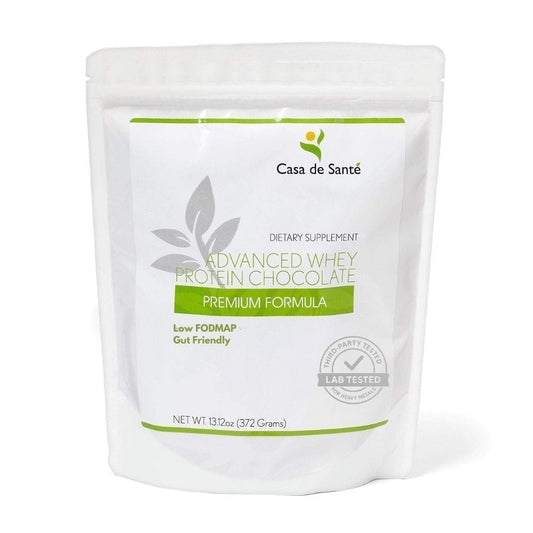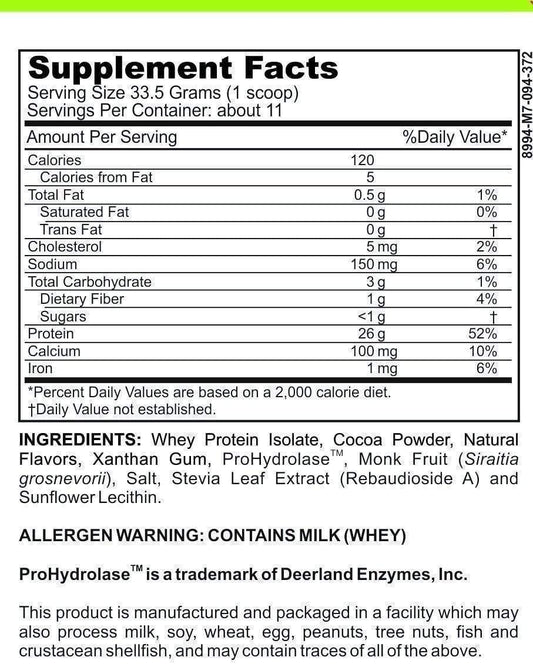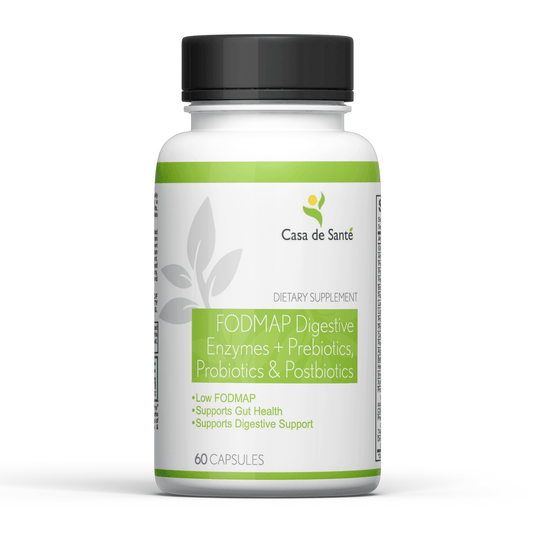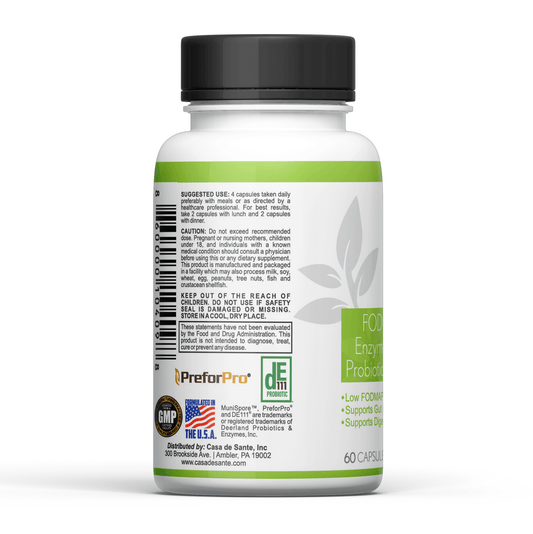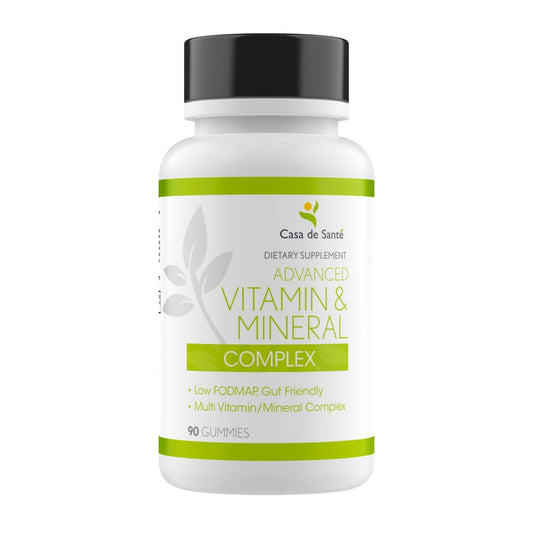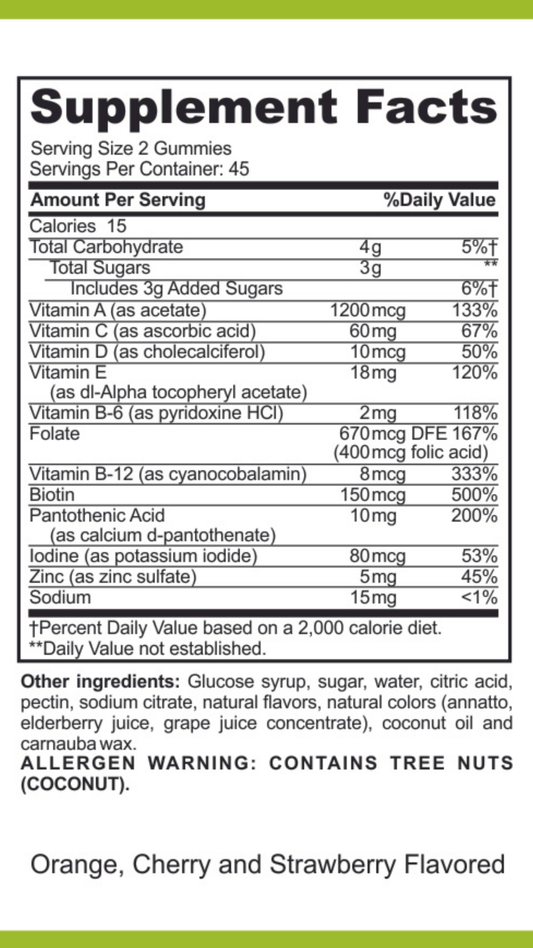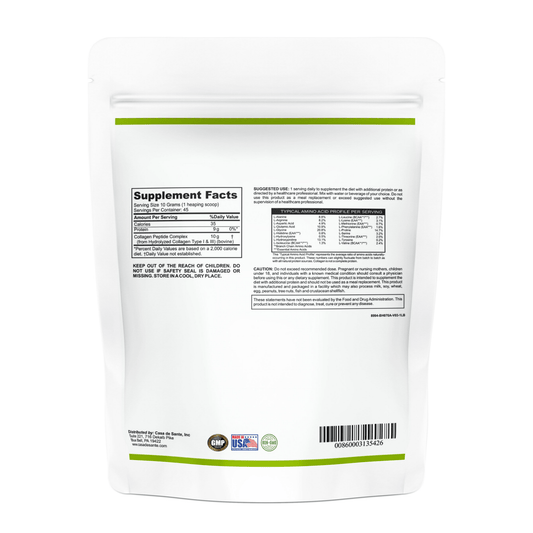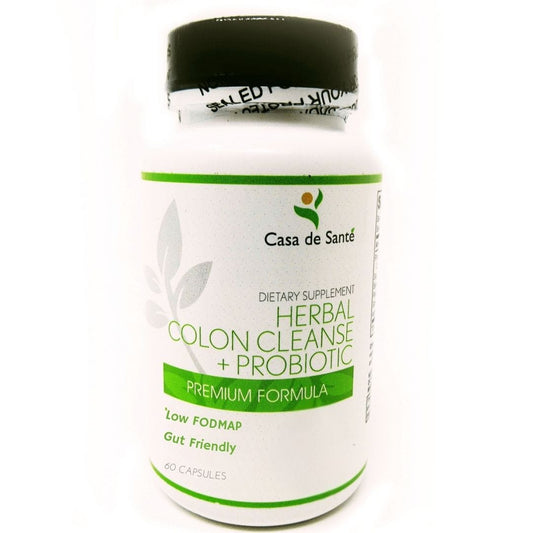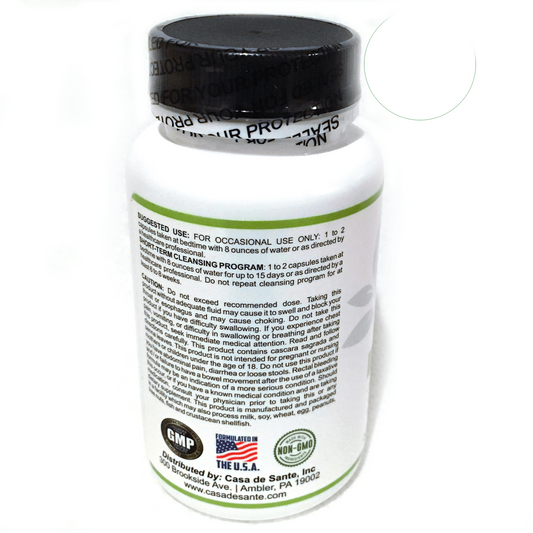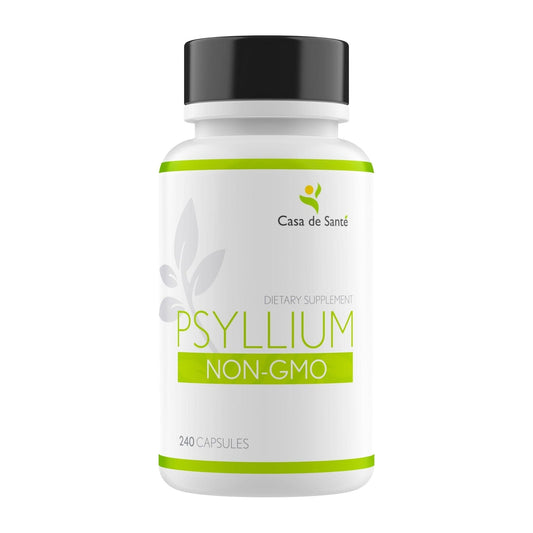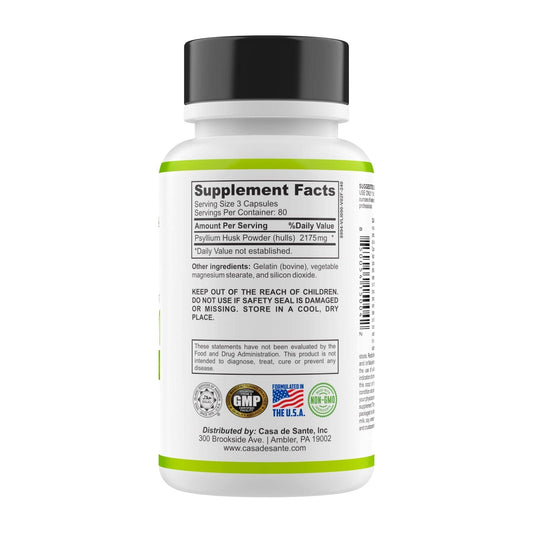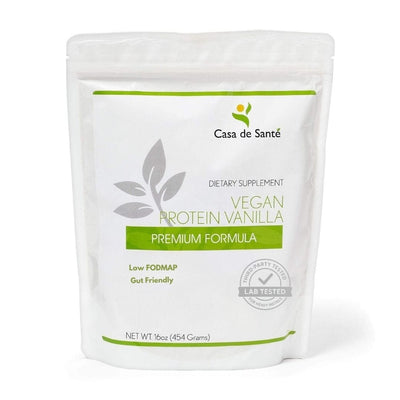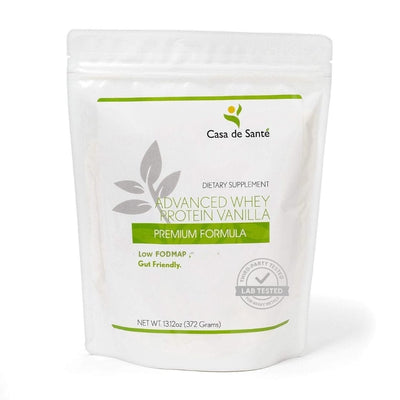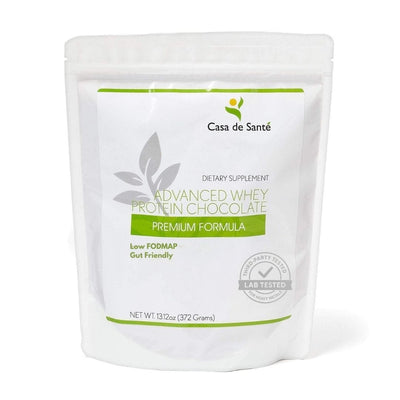Sweet Rice Flour Vs Corn Flour
Sweet Rice Flour Vs Corn Flour
In the world of gluten-free flours, two popular options often come to mind: sweet rice flour and corn flour. While both are commonly used in various culinary applications, they have distinct differences in terms of taste, texture, nutritional value, and even potential risks. In this article, we will delve into the details of sweet rice flour and corn flour, examining their characteristics, benefits, and drawbacks. Whether you're looking for a gluten-free alternative or simply want to explore new ingredients in your cooking and baking endeavors, this comprehensive guide will help you make informed choices.
Understanding the Basics: What is Sweet Rice Flour?
Sweet rice flour, also known as glutinous rice flour or sticky rice flour, is derived from short-grain glutinous rice. Contrary to its name, sweet rice flour is not sweet and does not contain any gluten. Instead, it gets its name from its sticky, cohesive texture. This flour is commonly used in Asian cuisines, particularly in dishes that require a chewy or sticky consistency, like mochi or rice dumplings. Sweet rice flour is characterized by its fine and powdery texture, which contributes to a smooth mouthfeel when incorporated into various recipes.
In addition to its culinary uses, sweet rice flour also has some non-food applications. It is often used in skincare products as a natural alternative to talcum powder. The fine texture of sweet rice flour helps to absorb excess moisture and oil, making it a popular ingredient in facial masks and body powders. Additionally, sweet rice flour can be used as a thickening agent in homemade beauty products, such as lotions and creams. Its ability to create a smooth and creamy consistency makes it a versatile ingredient in both cooking and skincare.
Getting to Know Corn Flour: A Brief Introduction
Corn flour, on the other hand, is made from ground dried corn kernels. Unlike sweet rice flour, corn flour is not sticky or cohesive due to the absence of gluten. Corn flour has a lighter, finer texture compared to regular cornmeal, making it ideal for thickening sauces, soups, and gravies. It is highly versatile and can be used as a primary flour in baking or as a coating for fried foods. With its slightly sweet and nutty flavor, corn flour adds a pleasant taste to many dishes.
Nutritional Comparison: Sweet Rice Flour vs Corn Flour
When it comes to nutritional value, both sweet rice flour and corn flour have their own unique properties. Sweet rice flour is naturally fat-free and cholesterol-free, making it a suitable option for individuals with dietary restrictions. It is also a good source of carbohydrates and provides essential minerals such as magnesium and potassium. On the other hand, corn flour contains more calories and carbohydrates compared to sweet rice flour. It is also rich in fiber, vitamin C, and iron. Ultimately, the choice between the two depends on your specific nutritional needs and dietary goals.
Taste and Texture: How Do Sweet Rice Flour and Corn Flour Differ?
In terms of taste, sweet rice flour has a neutral flavor, allowing it to easily adapt to a wide range of recipes without overpowering other ingredients. Its main contribution lies in its ability to create a desirable texture, adding a delightful chewiness to dishes. Corn flour, on the other hand, offers a distinct slightly sweet and nutty flavor that enhances the taste of various dishes. The texture of corn flour is smoother, lending a light and fluffy consistency to baked goods.
Gluten-Free Alternatives: Exploring the Benefits of Sweet Rice Flour
One of the major benefits of sweet rice flour is its gluten-free nature, making it an excellent alternative for individuals with gluten sensitivities or celiac disease. Gluten, a protein found in wheat, barley, and rye, can cause digestive discomfort or allergic reactions in some individuals. Sweet rice flour provides a viable substitute for wheat-based flours in gluten-free baking, helping to create delicious treats for those with dietary restrictions.
Cooking and Baking with Sweet Rice Flour: Tips and Tricks
When using sweet rice flour in cooking and baking, it is important to consider its unique properties. Due to its lack of gluten, sweet rice flour requires additional binding agents such as xanthan gum or eggs to maintain the structure of baked goods. It also benefits from being combined with other gluten-free flours to achieve a balanced texture and enhance the flavor profile. Additionally, sweet rice flour behaves differently at different moisture levels, so adjusting the liquid content may be necessary to achieve the desired consistency.
The Versatility of Corn Flour in Culinary Applications
Corn flour offers versatility in the culinary world. Its light texture and mild flavor make it suitable for a wide array of dishes. In addition to acting as a thickening agent, corn flour can be used as a primary flour in recipes such as pancakes, muffins, and bread. It excels at creating a tender crumb and is often combined with other flours for optimal results. Furthermore, corn flour shines when used as a coating for fried foods, providing a crispy and golden exterior.
Which is Healthier? Examining the Health Benefits of Sweet Rice Flour and Corn Flour
Both sweet rice flour and corn flour offer distinct health benefits. Sweet rice flour is an excellent source of carbohydrates and contains essential minerals. It is also naturally gluten-free, making it a safe option for individuals with gluten sensitivities. However, due to its high carbohydrate content, it may not be suitable for those following low-carb or keto diets. On the other hand, corn flour provides dietary fiber, vitamin C, and iron. It is worth noting that corn flour should still be consumed in moderation, as it is relatively high in calories and carbohydrates.
Allergies and Sensitivities: Comparing the Potential Risks of Sweet Rice Flour and Corn Flour
While sweet rice flour and corn flour are generally safe for consumption, it is essential to be aware of potential allergies or sensitivities. Sweet rice flour does not contain any gluten, making it a suitable option for individuals with gluten sensitivities or celiac disease. However, some individuals may have an allergic reaction to rice or other related grains. If you have known allergies, it is best to consult with a healthcare professional before incorporating sweet rice flour into your diet. Similarly, corn flour can cause allergic reactions in individuals with corn allergies. If you experience any adverse effects, discontinue its use and seek medical advice.
Cooking Techniques: Best Practices for Using Sweet Rice Flour in Recipes
When using sweet rice flour in recipes, it is beneficial to be mindful of certain cooking techniques. Due to its lack of gluten, sweet rice flour does not have the same elasticity as wheat flour. As a result, recipes may require additional moisture, binder, or leavening agents to achieve the desired texture. It is recommended to follow recipes specifically designed for gluten-free baking or experiment with small modifications to adapt traditional recipes. By understanding the unique properties of sweet rice flour, you can successfully incorporate it into a wide range of recipes.
Enhancing Flavor and Performance: Utilizing Corn Flour in Various Dishes
Corn flour can be a valuable addition to your kitchen, contributing flavor and texture to various dishes. Its light and fine texture lend a delicate crumb to baked goods, while its slightly sweet and nutty taste enhances the overall flavor profile. In savory applications, corn flour helps thicken sauces and soups, providing a smooth and velvety consistency. Additionally, corn flour acts as an effective coating for fried foods, imparting a satisfying crunch. By harnessing the unique qualities of corn flour, you can elevate the taste and performance of your favorite recipes.
Substituting One for the Other: Can Sweet Rice Flour Replace Corn Flour, or Vice Versa?
While sweet rice flour and corn flour share some similarities, they are not always interchangeable in recipes. Sweet rice flour's sticky and cohesive texture makes it difficult to substitute directly for corn flour when thickening sauces or gravies. On the other hand, corn flour may not provide the same chewiness or binding properties as sweet rice flour. However, in certain instances where the texture is less critical, such as in baking recipes, the two flours can be substituted with modifications. It is recommended to experiment and adjust ratios to achieve the desired results.
Recipes Galore! Delicious Dishes Made with Sweet Rice Flour or Corn Flour
Both sweet rice flour and corn flour lend themselves to a wide range of delectable recipes. From sweet treats like mochi, pancakes, and cookies made with sweet rice flour to savory classics like cornbread, tortillas, and fried chicken coated in corn flour, there are endless possibilities to explore. Incorporating these flours into your cooking and baking repertoire allows you to create dishes that cater to various dietary preferences while maintaining exceptional taste and texture. By experimenting with different recipes, you can discover the versatility and culinary potential of sweet rice flour and corn flour.
Price Comparison: Evaluating the Cost Differences between Sweet Rice Flour and Corn Flour
When it comes to cost, sweet rice flour and corn flour are generally affordable options. Sweet rice flour can be found in most grocery stores or Asian markets, and its price varies depending on the brand and packaging. Corn flour, being a common ingredient in many cuisines, is widely available and competitively priced. The cost difference between the two flours may be minimal, and it ultimately comes down to personal preference, availability, and any specific dietary requirements. Consider your budget and the quantity needed for your recipes to make an informed purchasing decision.
Shelf Life and Storage Tips for Sweet Rice Flour and Corn Flour
Proper storage is crucial to maintain the quality and freshness of both sweet rice flour and corn flour. It is recommended to store them in a cool, dry place, away from direct sunlight and moisture. Both flours should be kept tightly sealed in airtight containers to prevent them from absorbing odors or becoming rancid. Sweet rice flour has a longer shelf life compared to corn flour, which can begin to lose its quality after a few months. Check for any signs of spoilage, such as off smells or discoloration, before using either flour in your recipes.
In conclusion, sweet rice flour and corn flour are both valuable ingredients in the culinary world, each offering unique characteristics and benefits. Whether you are seeking a gluten-free alternative or simply looking to diversify your cooking and baking repertoire, understanding the distinctions between these two flours is essential. From their taste and texture to nutritional properties and potential risks, this guide has provided an in-depth exploration of the differences and similarities between sweet rice flour and corn flour. Armed with this knowledge, you can confidently experiment with both flours, creating an array of delicious dishes that cater to various dietary needs and preferences.
